Regulatory Support for New Treatments
Regulatory support for the approval of new antihelminthic treatments is another driver influencing the antihelminthics market. The US Food and Drug Administration (FDA) has streamlined the approval process for certain medications, particularly those addressing unmet medical needs. This regulatory environment encourages pharmaceutical companies to invest in the development of new antihelminthic drugs. As a result, the market is likely to see an influx of new products, which could enhance treatment options for patients. The anticipated increase in product availability may lead to a projected market growth of 6% annually, reflecting the positive impact of regulatory support on the antihelminthics market.
Advancements in Pharmaceutical Research
Recent advancements in pharmaceutical research and development are likely to play a crucial role in shaping the antihelminthics market. Innovative drug formulations and delivery systems are being developed to enhance the efficacy and safety of antihelminthic agents. For instance, the introduction of long-acting formulations may improve patient compliance and treatment outcomes. Furthermore, the US government has been investing in research initiatives aimed at discovering new antihelminthic compounds, which could lead to the emergence of novel therapies. This focus on innovation is expected to stimulate market growth, with the antihelminthics market projected to reach $1 billion by 2027.
Rising Incidence of Helminth Infections
The rising incidence of helminth infections in the US is a critical factor driving the antihelminthics market. Factors such as climate change and increased travel have contributed to the spread of these infections, particularly in areas where they were previously uncommon. Reports indicate that the prevalence of certain helminth infections has increased by approximately 15% over the past decade. This trend is likely to result in a greater demand for antihelminthic treatments as healthcare providers seek to address the growing burden of these diseases. Consequently, the antihelminthics market is expected to experience robust growth, with an estimated value of $800 million by 2026.
Growing Awareness of Parasitic Infections
The increasing awareness of parasitic infections among the population appears to be a significant driver for the antihelminthics market. Educational campaigns by health organizations and government agencies have highlighted the risks associated with helminth infections, particularly in vulnerable populations such as children and the elderly. This heightened awareness is likely to lead to increased demand for antihelminthic medications. In 2025, it is estimated that approximately 20 million people in the US are affected by parasitic infections, which could drive the market growth. As more individuals seek treatment, the antihelminthics market is expected to expand, with a projected growth rate of around 5% annually over the next five years.
Increased Investment in Healthcare Infrastructure
Increased investment in healthcare infrastructure in the US is anticipated to positively impact the antihelminthics market. Enhanced healthcare facilities and improved access to medical services are likely to facilitate better diagnosis and treatment of parasitic infections. Government initiatives aimed at strengthening public health systems may lead to increased screening and treatment efforts for helminth infections. As healthcare providers become more equipped to manage these conditions, the demand for antihelminthic medications is expected to rise. This investment trend could result in a market growth rate of approximately 4% annually, reflecting the potential for improved healthcare delivery in the antihelminthics market.


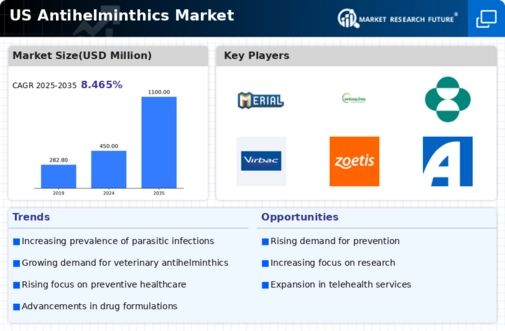
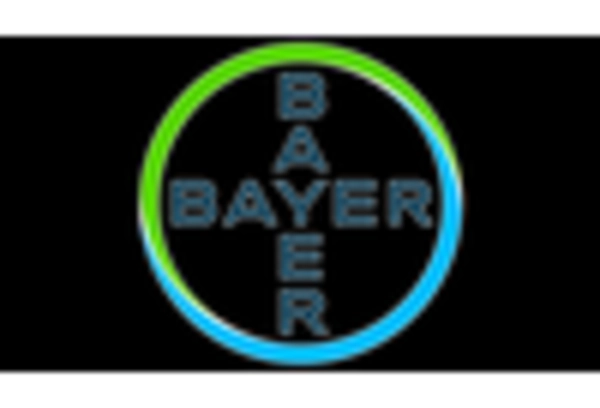
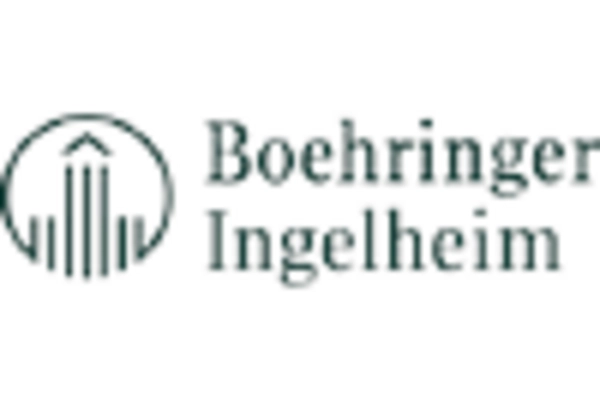
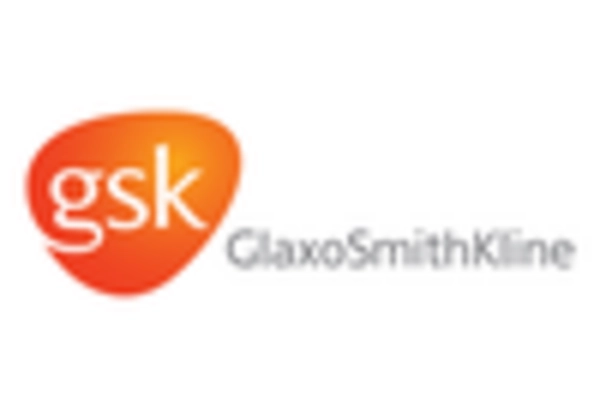
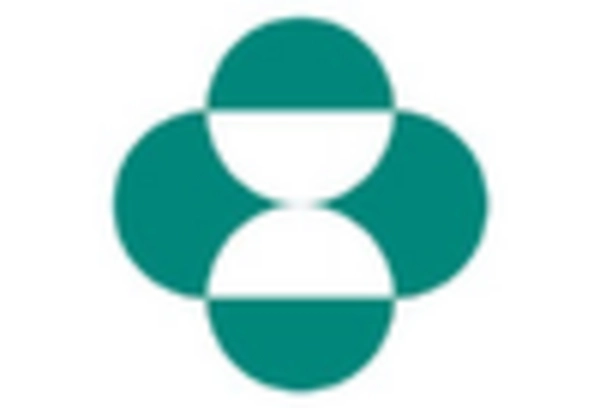
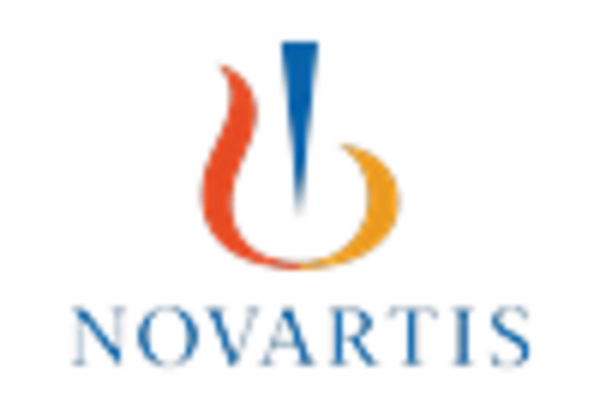
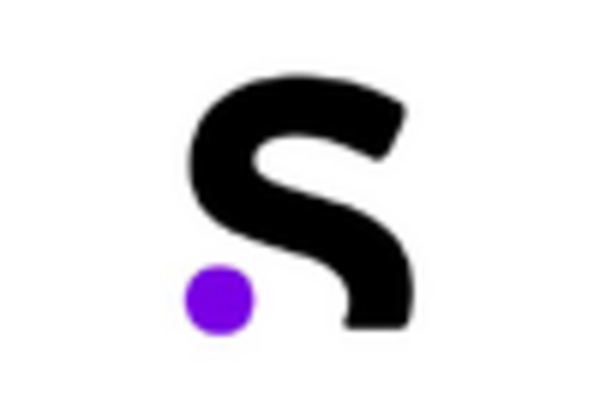








Leave a Comment